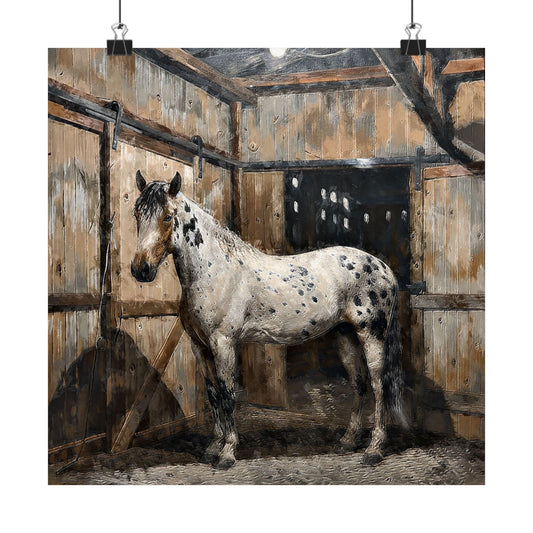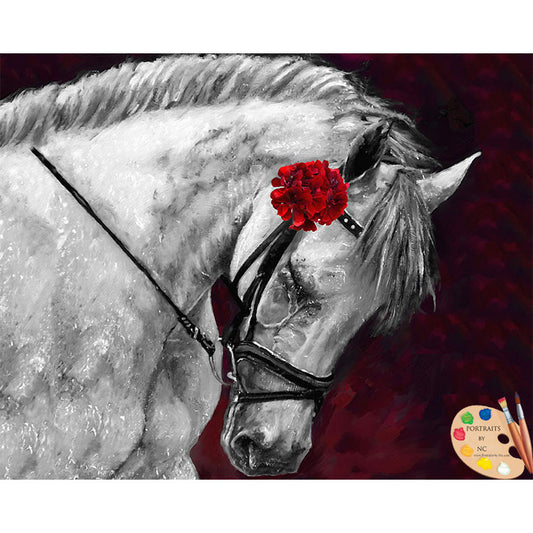Photography Tips - Day 1
Share

Nowadays cameras allow you to take so many photos that eventually you will end up with a few good shots, however I thought why not learn how more about how to take better photos all together. So in an effort to do that I have entered a Photography Challenge via SITS Girls and I thought I will share what I am learning with you.
Every photo we take is a composition, but how we arrange the objects we photograph makes all the difference as to how successful the composition turns out to be. The first step is to determine what the most important element in the shot is, in other words what is the subject? We have a tendency to pick the subject and center in the viewfinder, however a strong composition requires that we off center the subjects. To do that it's easiest to use the grid feature available on most DSLR cameras. A grid is made up of 9 squares , two vertical lines and two intersecting horizontal lines.
1. The Rule of Thirds
The rule of thirds says to place your subject where the lines intersect, but not in the center.

In this photo the tree with the white leaves is my subject. If you were to place a grid over the photo you would notice that the tree is more towards the lower left hand than the center. The composition would weaken considerably if that particular tree would have been placed dead center. I learned that when there is too much empty space on one side, to balance the shot with a smaller item in the empty space.

2. Leading Lines
Just as in painting leading lines draw the eye into a composition. Usually a leading lines starts from one end of the frame and moves towards the opposite side. Leading lines can be vertical, horizontal and curvey.
For this challenge is chose the photo I took of this pine tree. I wanted to convey the size and grandeur of this tree and positioned the camera as close to the trunk as I could. I used the base of the trunk as my leading line and finished it off with a starburst of branches .

3. Patterns, Texture and Harmony
Patterns and texture make for interesting photos, but too much of the same thing gets boring, so visual rests need to be found. In the photo above if I had only photographed the pink blooms the picture would be a bit boring. Having the water and a secondary repeat pattern, which is the turtles, makes for a much more interesting picture. Sometimes varying one item in the pattern is enough to add a visual reprieve from monotony. Look only at the turtles. If all the turtles would be the same size with their heads in exactly the same positions, it would be a rather static pattern of shells an heads. However the last turles is both slightly different in color and has it's head raised much higher then the rest. That makes the row of turtles more exciting to look at.

4. View Points
Sometimes I take my camera and hold it next to my thighs and shoot upward, or just click to see what it captures. I love doing that because I end up with very unexpected views of my surroundings and to me those images are surprisingly interesting. In this photo I never looked through the viewfinder, but just pointed the lense upward and allowed the camera to pick the composition. Of course I have done that and taken pictures of asphalt as well, which goes to say that not every photo will be super interesting. But that's what the delete button is for and with DSLR cameras we are fortunate to have that privilege to shoot away and delete later.
I am excited to get my next assignment and am looking forward to seeing the photos the other people post who also have taken part in this challenge. If you are visiting from the SITS Girls leave me a comment and a link to your photos.



































































